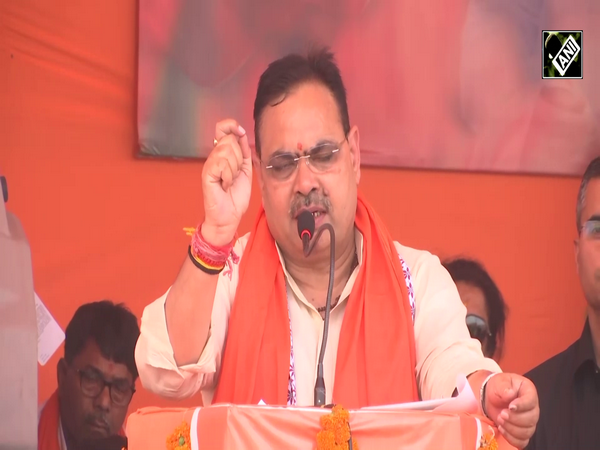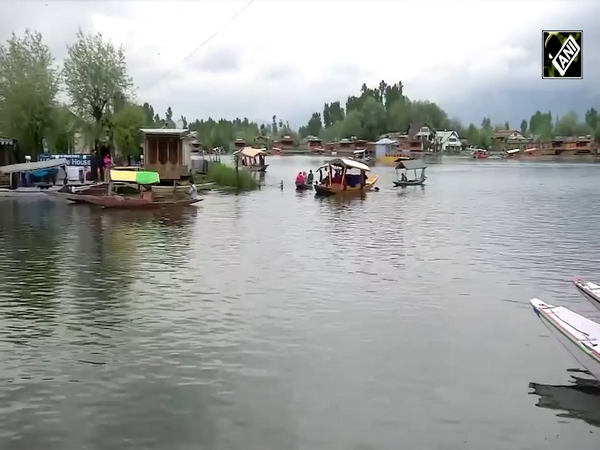"It's an honour to be born in our India": Ram Charan after watching Pran Pratishtha event
Jan 22, 2024

Ayodhya (Uttar Pradesh) [India], January 22 : Actor Ram Charan said he is feeling blessed to witness the Pran Prathishta ceremony of Ram Lalla at the grand Ram Temple in Ayodhya on Monday.
Speaking to ANI, Ram Charan said, "Fantastic, it was so beautiful. Once in a lifetime. It's an honour for everybody to witness this, to be born in our India and witness this. This is truly a blessing."
https://twitter.com/ANI/status/1749373869335724403
Earlier, before leaving for Ayodhya, Ram Charan, had told ANI, "It's a long wait, we are all very honoured to be there."
Ram Charan wore a light-coloured kurta with a brown shawl for the auspicious day.
Notably, the magnificent Shri Ram Janmbhoomi Mandir is constructed in traditional Nagara style. Its length (east-west) is 380 feet; width is 250 feet and height is 161 feet; and is supported by a total of 392 pillars and 44 doors. The pillars and walls of the temple showcase intricately sculpted depictions of Hindu deities, gods, and goddesses. In the main sanctum sanctorum on the ground floor, the childhood form of Bhagwan Shri Ram (the idol of Shri Ramlalla) has been placed.
The main entrance to the Mandir is situated on the eastern side, which can be approached by ascending 32 stairs through the Singh Dwar. There are a total of five Mandaps (Halls) in the Mandir - Nritya Mandap, Rang Mandap, Sabha Mandap, Prathana Mandap and Kirtan Mandap. Near the Mandir is a historic Well (Sita koop), dating back to the ancient era. In the southwestern part of the Mandir complex, at Kuber Tila, the ancient Mandir of Bhagwan Shiv has been restored, along with the installation of a statue of Jatayu.
The foundation of the Mandir has been constructed with a 14-metre-thick layer of roller-compacted concrete (RCC), giving it the appearance of artificial rock. No iron is used anywhere in the Mandir. For protection against ground moisture, a 21-foot-high plinth has been constructed using granite. The Mandir complex has a sewage treatment plant, water treatment plant, water supply for fire safety and an independent power station.
The mandir has been constructed employing the country's traditional and indigenous technology.



















